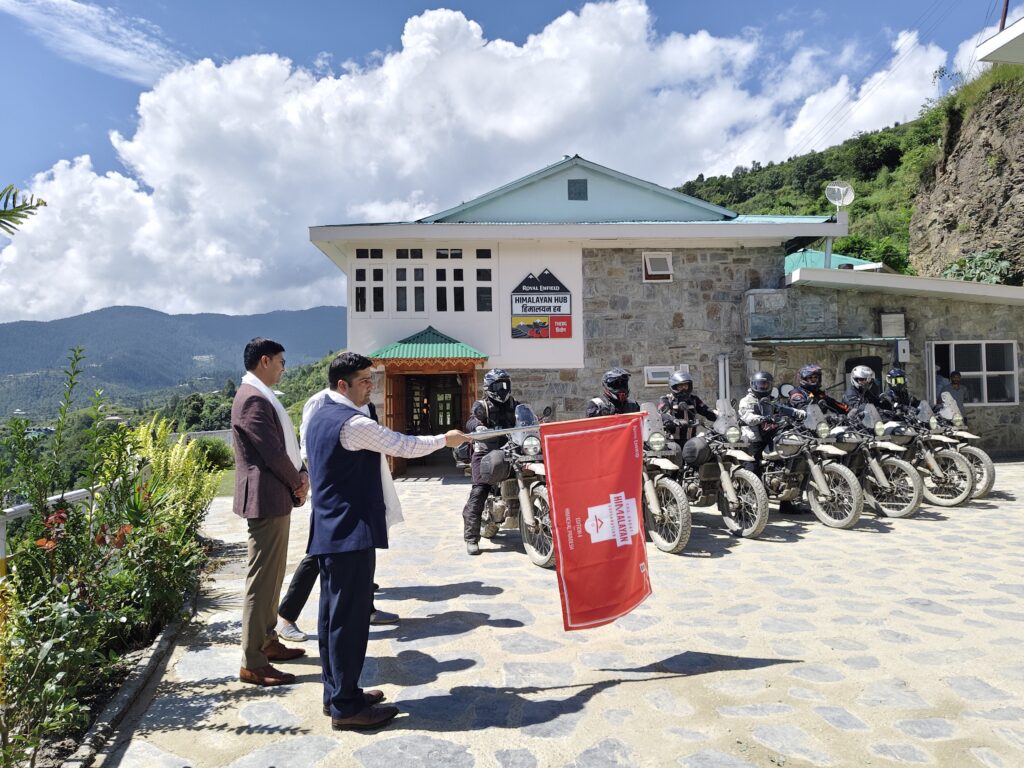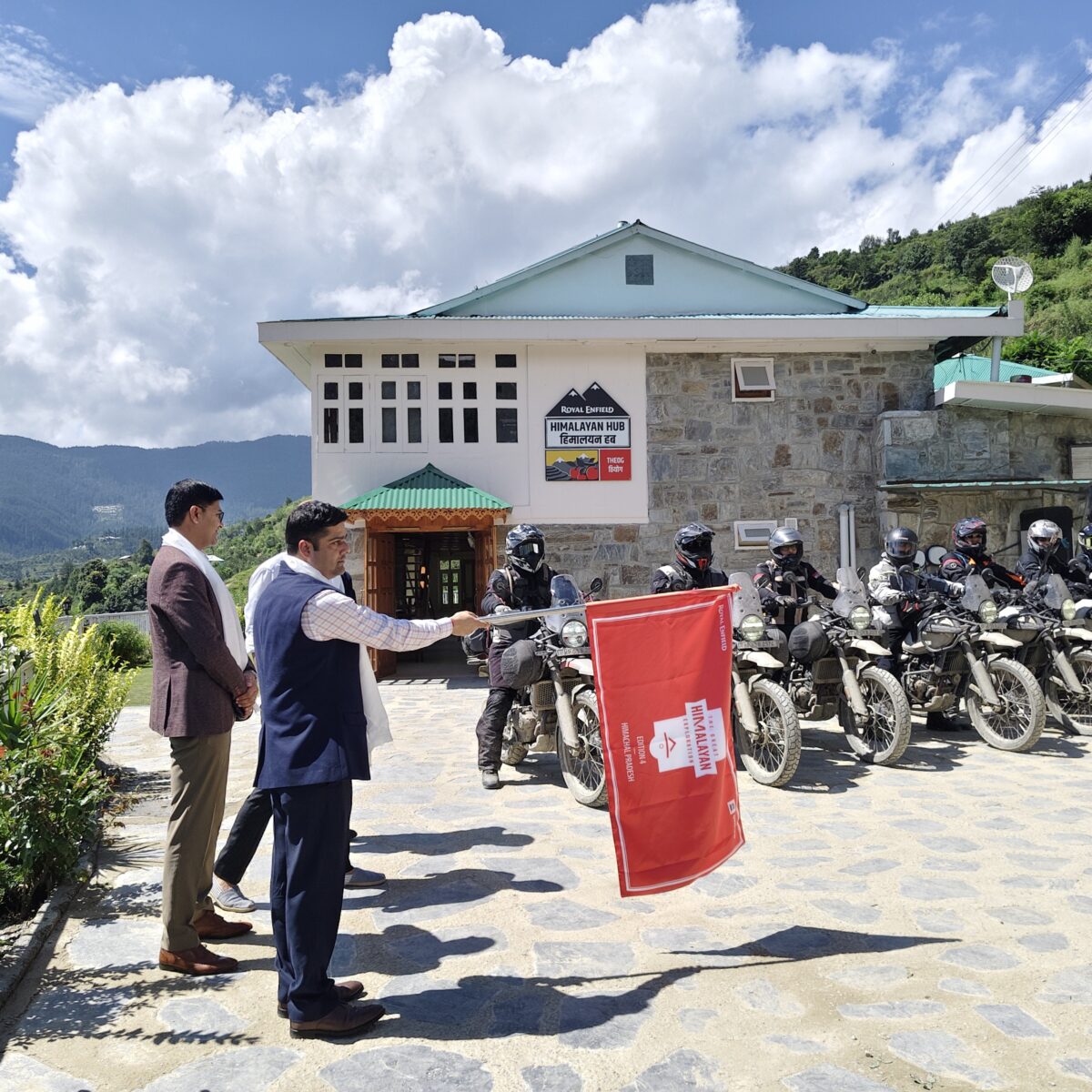UNESCO and Royal Enfield have started the fourth edition of The Great Himalayan Exploration, a special motorcycling journey focused on documenting the Intangible Cultural Heritage (ICH) of the Indian Himalayas. This year, the expedition travels through Himachal Pradesh, aiming to explore and preserve 12 unique cultural traditions.
The journey began on August 27, 2025, from Theog, Shimla, with a flag-off by local officials. Twenty rider-researchers, divided into four groups, will ride across Himachal Pradesh until October 9, 2025. Along the way, they will meet local communities and learn about living traditions that have been passed down for generations.

What Will Be Documented?
The riders will follow four different routes, capturing their experiences and the region’s cultural treasures through video and direct participation. Some of the traditions they will document include:
- Himachali Dham: A traditional vegetarian feast served at weddings and festivals, prepared by hereditary chefs and served on leaf plates.
- Chamba Thaal: Ornate brass or metal platters made in Chamba, used for religious and ceremonial occasions.
- Kangra Paintings: Miniature art from the 18th–19th centuries, known for fine details and natural pigments.
- Kath-Kuni Architecture: An earthquake-resistant building style using interlocking wood and stone, without mortar.
- Spiti Jewellery: Traditional silver and turquoise ornaments worn by Spiti women, showing Tibetan influence.
- Himachali Topi: A colorful woolen cap worn by men, symbolizing regional identity.
- Kullu Dussehra: A week-long festival where over 300 village deities gather for processions and dances.

How Will It Be Shared?
The entire expedition will be made into a four-part docuseries by National Geographic, giving viewers an inside look at the riders’ journey and Himachal’s cultural heritage. The series will premiere on JioHotstar.
Why Is This Important?
UNESCO defines Intangible Cultural Heritage as the living traditions, skills, and knowledge that communities recognize as part of their cultural identity. This project helps preserve these traditions for future generations and brings attention to the rich cultural diversity of the Himalayas.




